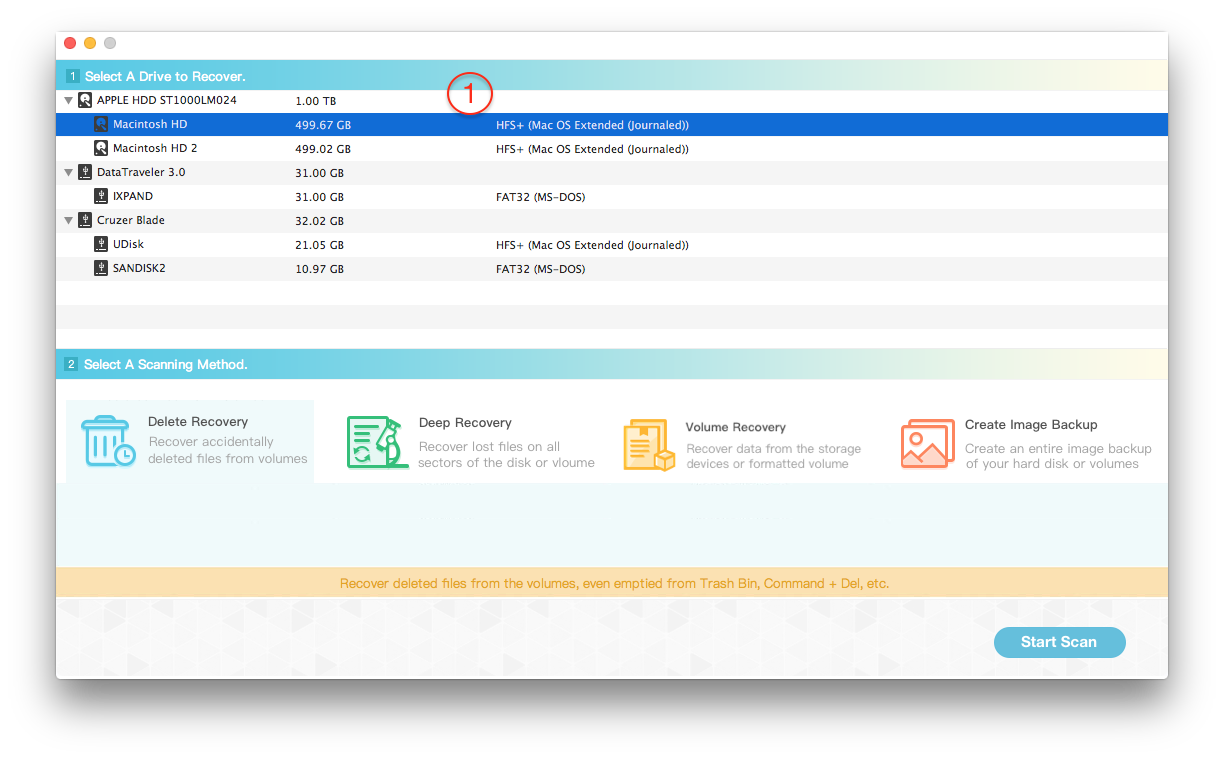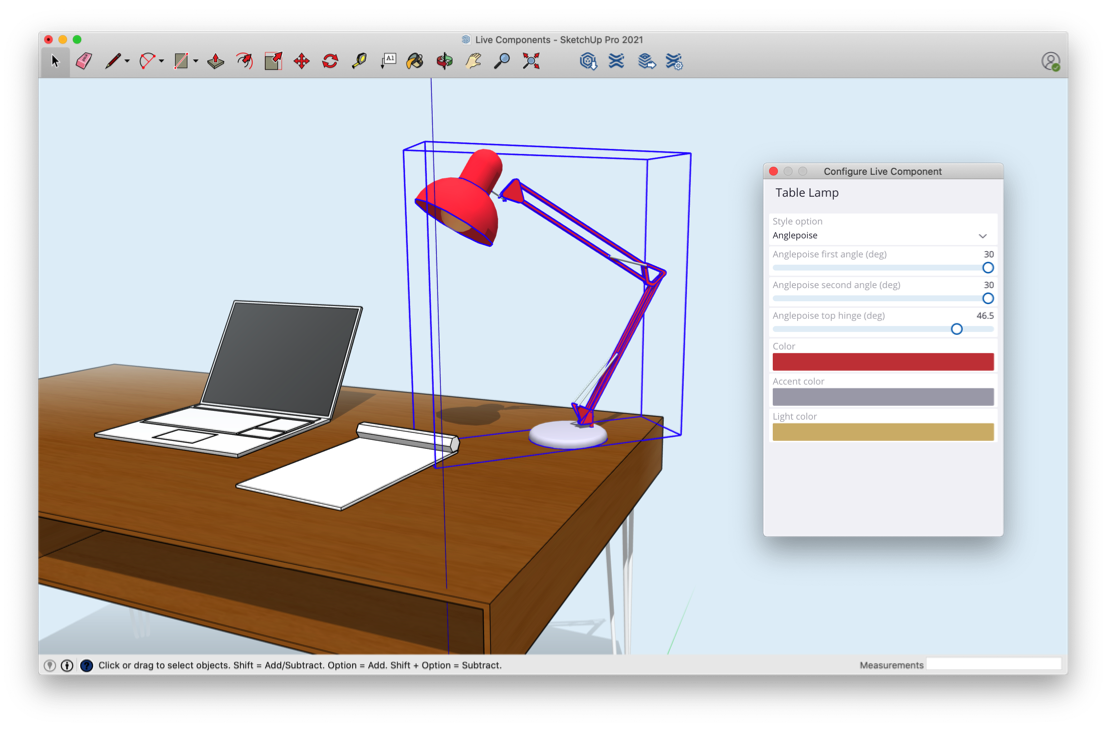
That button takes a snapshot of your screen and saves it in your clipboard.

Just open up the file in whatever CAD program you are using, then press “Print Screen” on your keyboard. Here’s a down and dirty way to “export your CAD file to a jpeg. I haven’t spent nearly enough time in the program to actually say I know how to use it, and if you are new to Sketchup I would recommend learning Sketchup before trying traditional CAD software. I admit, they do make you jump through a few hoops to activate the software, but the truth is DoubleCAD XT is in fact a free, fully featured CAD software package. From reading reviews on the download site I know a few people had problems downloading and activating it and they thought it wasn’t actually a free program so they gave it poor ratings. If you’re looking for a free CAD program with a lot of features, I have experience with DoubleCAD XT. And why can’t they just call it a printer, like every one else out there? I honestly don’t like the Trueview software that much, the user interface is somewhat hard to interpret and I can’t for the life of me ever get a set of shop drawings to print properly using the “plotter”. I’ll explain how we export as an image in a moment… You can only view CAD files, you can’t edit them. Just go to the AutoDesk Website, and search for “TrueView”.

If you don’t have CAD software on your computer, you can download AutoDesk Trueview to open DWG and DXF files. Here are a few sources for moulding/casing CAD profiles If you don’t have Sketchup PRO, don’t worry! You can still import it as an image, then trace over it using the Line and Arc tool if you want to spend the time to do it. I say “imported”, because if you have Sketchup PRO it’s very easy to import, as it has the capability to import CAD files directly into Sketchup. If you can’t find an existing Sketchup model in the 3D Warehouse, there are many more profiles available online in CAD format, which can be “imported” in Sketchup. If you’re having trouble finding profiles, try searching for “wood moulding” or “casing” and you should be able to find plenty of profiles to download into your model. To access the Google 3D Warehouse from Sketchup, go to File -> 3D Warehouse -> Get Models There are many sources to find profiles, and the first place you might want to look is the 3D Warehouse. The first step is to create your casing profile. The face you pull with the follow me tool will be the profile of your casing that you’re going to use around your window/door.

In order to use the Follow Me tool, you need a face to pull from, and a path to “follow”. You know how they say “there’s a right tool for every job”? Well this is exactly what the Follow Me tool was made for. When you are trying to extrude a profile around a door or window, the follow me tool is the first tool you should use to try to do the job.


 0 kommentar(er)
0 kommentar(er)
